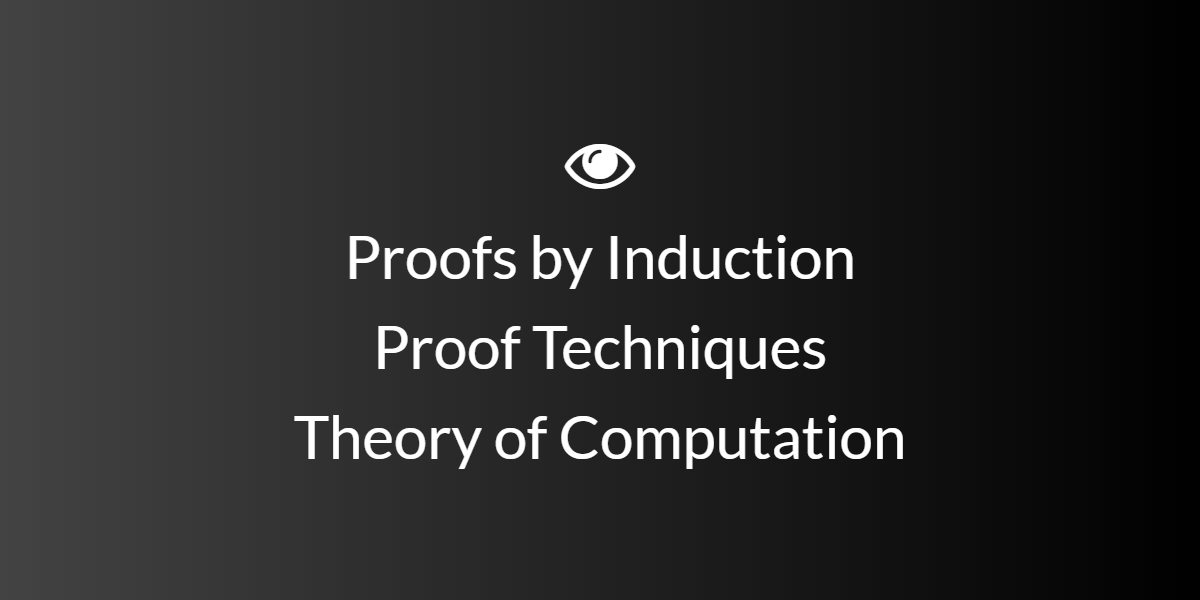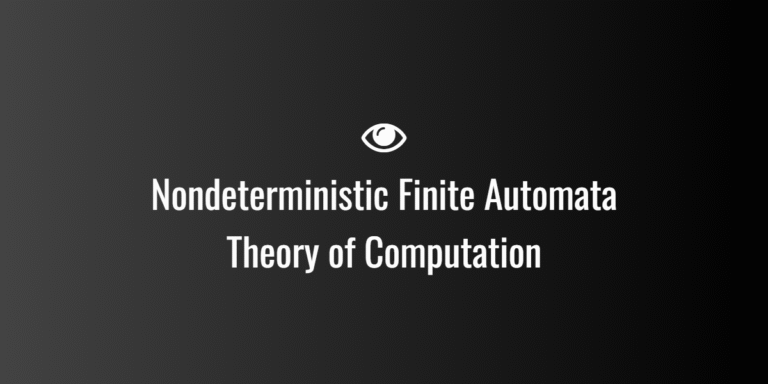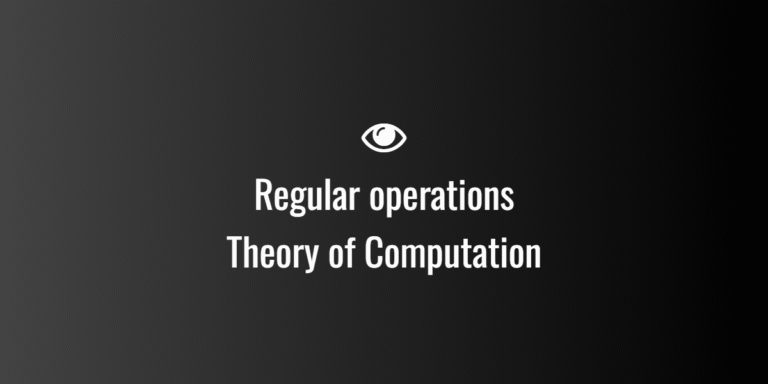
Proofs by Induction
🌱 What Is Proof by Induction?
Imagine you set up a long line of dominoes on the floor.
If:
- You push the first domino and it falls, and
- Each domino is placed so that whenever one falls, it knocks down the next,
then the entire chain will fall — no matter how long it is.
Proof by induction works exactly the same way.
It has two parts: the base case and the induction step.
🧩 1. Base Case
Here you show that the statement is true for the smallest value of n — often n = 0 or n = 1.
This is like saying:
“Let me check that the first domino does indeed fall.”
If the first step holds, you’re ready for the second part.
🧩 2. Induction Step
Now you assume the statement is true for some value n = k.
This assumption is called the induction hypothesis.
Then you prove that the same statement must also be true for n = k + 1.
This part is like saying:
“If the domino at position k falls, I can guarantee that it will push the next one.”
Once you show this relationship, all steps become true automatically.
🎨 Simple Diagram (Original ASCII)
PROOF BY INDUCTION
------------------------------------------------
Step 1: Base Case
n = 1
|
v
+------------------+
| Statement True |
+------------------+
|
| Step 2: Induction Step
v
Assume true for n=k (Induction Hypothesis)
|
v
+------------------+ +-------------------+
| Statement True | ---> | Statement True |
| for n=k | | for n=k+1 |
+------------------+ +-------------------+
|
v
Therefore, true for all natural n!This picture shows the “chain reaction” idea behind induction.
🌟 A Friendly Example (Very Easy and Intuitive)
Let’s look at something simple from computation:
Claim
A string made of n copies of the letter ‘a’ (like “aaa…a”) has length n.
Base Case: n = 1
The string “a” clearly has length 1.
✔ Base case holds.
Induction Step
Assume a string with k copies of ‘a’ has length k.
(This is our induction hypothesis.)
Now take a string with k + 1 copies of ‘a’.
That’s just the string of length k plus one more ‘a’.
So its length is:
k + 1.
✔ Induction step holds.
Therefore, by induction, the statement is true for all n.
🧠 Why Induction Matters in Theory of Computation
Induction becomes essential whenever we deal with:
- Recursive definitions of languages
- Grammar derivations
- Structural proofs about automata
- Behavior of loops or repeated transitions
- Proofs about string lengths or pattern growth
Computers operate step by step, and induction mirrors this structure perfectly.




